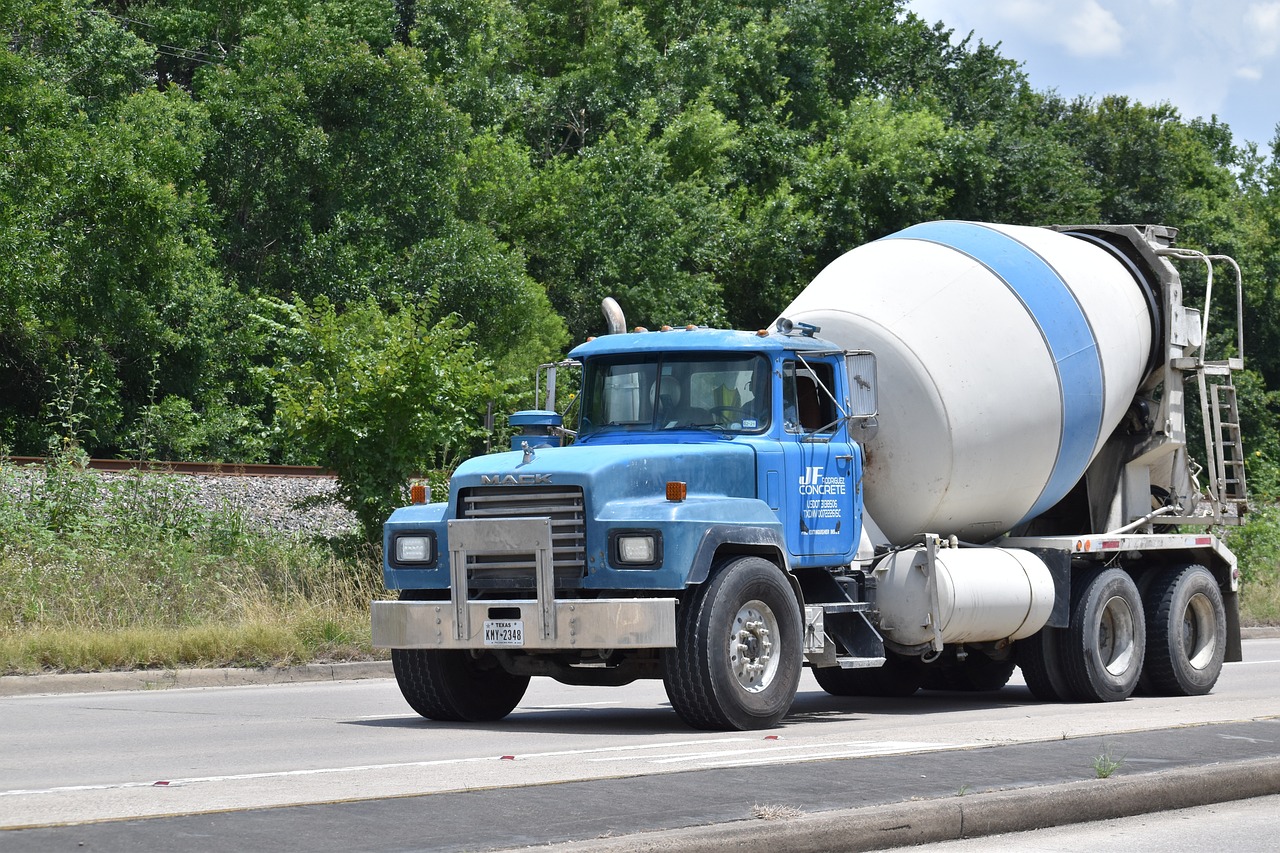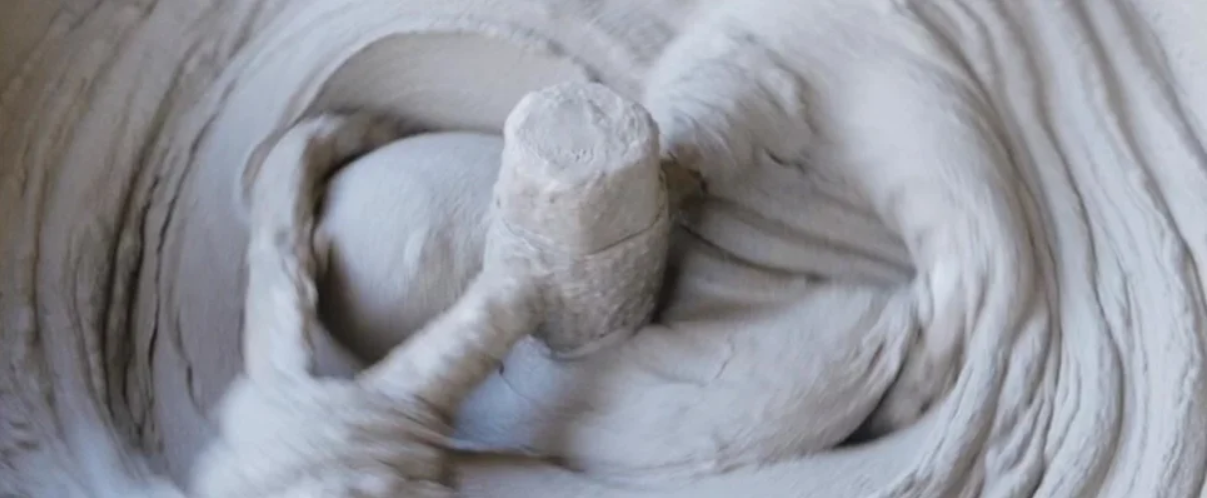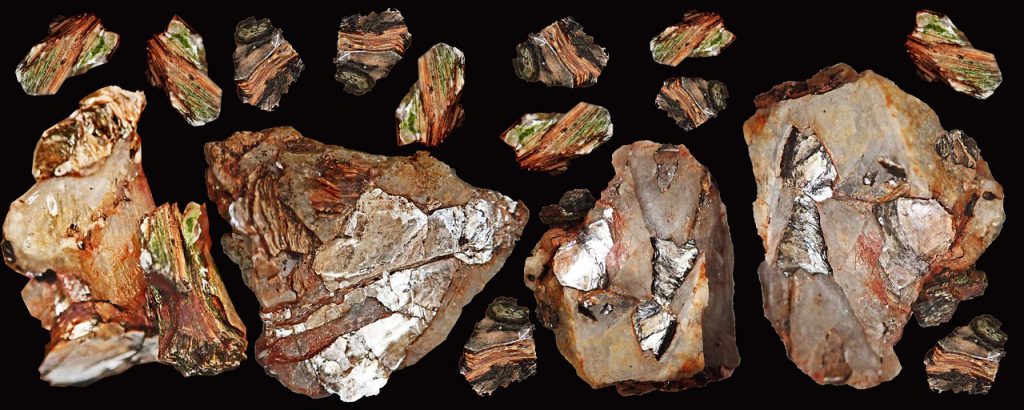
Image by F. Muhammad from Pixabay
Californian company Brimstone has announced the development of the world’s first carbon negative cement product. It’s a bold statement, and if true could revolutionize the global building industry and lead to a new era of carbon neutral construction. Cement is a big deal.
Every year and estimated 4.4 billion tons of the stuff is produced to craft our buildings. But there’s a hidden cost to the environment. If cement was a country, it would be the third largest CO2 emitter in the world, after the US and China. In fact, according to the BBC, it accounts for a massive 8% of all global carbon emissions.
The heavy carbon footprint of cement, and its concrete cousin, comes from three main areas. First, it has to be quarried, which means lots of huge trucks and mining equipment, all of which are horrible CO2 emitting machines.
Then the material has to be fired in giant kilns to turn the clay and limestone into cement, with another massive carbon penalty. Finally, there’s the actual chemical process of creating the cement material, which emits a huge amount of CO2 in the process. And that’s not counting the global carbon cost of transporting all this heavy material around from plant to building site and so forth.
Cement Breakthrough?
The ‘breakthrough’ delivered by Brimstone, is to replace the CO2 heavy limestone ingredient with carbon free calcium silicate rock. The result is a material which is ‘chemically and physically’ identical to conventional cement, but with a fraction of the CO2 burden. In addition, the process of releasing lime from the calcium silicate rock also unlocks magnesium as a waste product, which the company says will passively capture CO2, hence the negative emissions claim.
The whole concept sounds not a million miles away from the use of enhanced rock weathering, which involves spreading silicate rock material on farmland to capture CO2 when it rains. Of course with all of these ideas, the devil is in the details. This new process reminds us of the Heimdal project, which arrived in 2021 with a bold plan to produce carbon neutral limestone from processing sea-water. That project seems to be stalled at the moment, judging from their website.
We hate to be pessimists, but right now the track record for carbon capture technologies is rather lackluster. Lots of lab based experiments which seem to fail when it comes to scaling the technology properly. Anyway, we wish the Brimstone crew all success with their venture. If they have indeed managed to crack the code, then we’ll all be very grateful.






